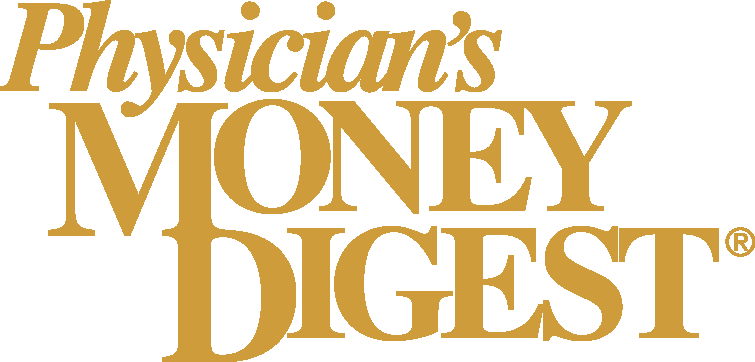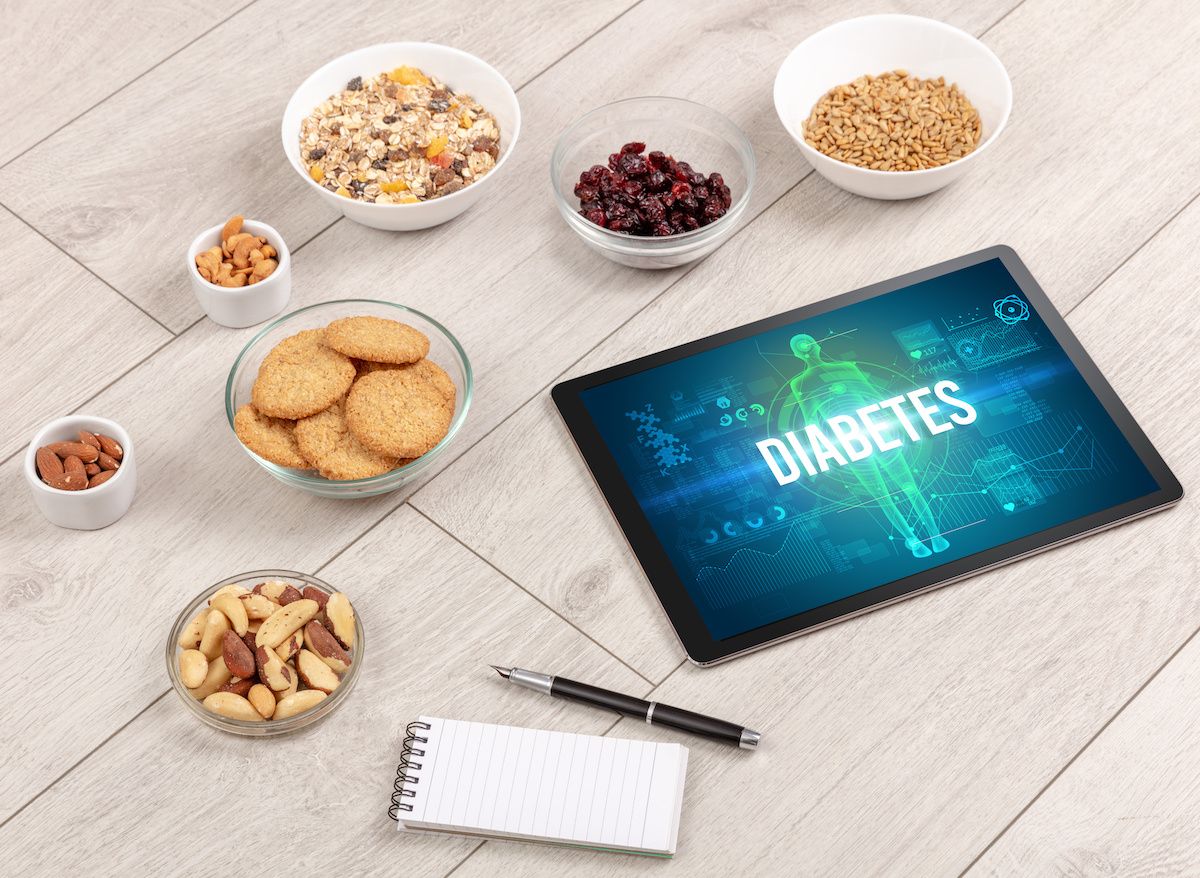Article
AAAAI Annual Meeting: Making the most of a telehealth visit
Author(s):
Practices still have to carefully plan their workflows in order to make the most of such visits.

While the government has eased many restrictions on telehealth visits during the COVID-19 pandemic, practices still have to carefully plan their workflows in order to make the most of such visits.
That was the message from Reena Mehta, MD, a New Orleans-based allergist and immunologist and a presenter at a virtual session on telemedicine during the annual meeting of the American Academy of Allergy Asthma & Immunology.
“It’s got to be efficient, it’s got to work for your practice and it’s got to be streamlined so you can get patients in and out virtually and continue the flow of your practice,” Mehta said.
The first step is deciding if a visit is suited for telemedicine. “Basically, it’s a good fit for a patient that doesn’t want to come into the office and seems relatively uncomplicated. Not every visit requires a detailed physical exam,” she said. Conversely, visits that require significant procedures or that involve risk to the patient can’t and shouldn’t be done via telehealth.
Mehta has trained her staff to recognize when a patient is a good candidate for a telehealth rather than an in-person visit, and often uses pre-clinic huddles to get their input. She also provides a script for front office staff to screen patients calling for appointments as to their suitability for a telehealth visit.
Another workflow decision is whether to designate a block of time each day exclusively for telehealth visits, or to mix virtual visits with in-person. The latter route requires training staff to know when the doctor is most likely to have time in their schedule that can be filled by a telehealth visit.
“If your staff is well trained you should be able to crank these (telehealth) patient out and keep your workflow going smoothly,” she said.
When starting out with telehealth Mehta advises scheduling the same amount of time for a telehealth visit as an in-person visit, then adjusting visit lengths as needed. She cautioned that it’s important to have patients log on at least 15 minutes before the start of the appointment so staff members can address any technology issues, such as a patient with a bad internet connection or who’s unfamiliar with the technology.
Mehta said lab result reviews are the most common telehealth visits in her practice,since they don’t require face-to-face contact. Through screensharing, patients are also able to view the results with her simultaneously and ask questions about them.
As with in-person visits, proper documentation is key to getting paid for a telehealth visit, Mehta said. While verbal consent is all that’s been required during the pandemic, getting both verbal and written permission is considered best practice. Other documentation elements include:
- The type of technology used, i.e. whether synchronous audio/video or audio alone
- Where the patient is physically located and where the provider is located
- Language specifying that the care was provided by telemedicine or telecommunication during the COVID-19 pandemic
- The amount of time spent providing services
- The risk and complexity of the visit
Mehta noted that under current law most of the changes to the rules governing telehealth visits would expire at the end of the public health emergency the nation is now under. “It remains to be seen if the changes in technology, regulation and reimbursement for telemedicine will be maintained long term,” she said.
















